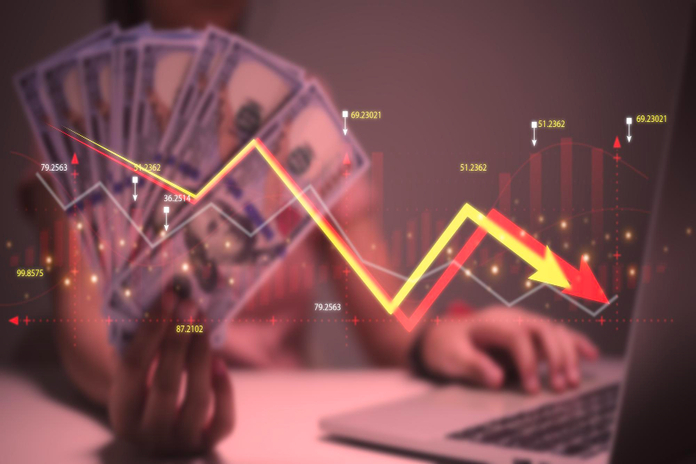A closely watched recession indicator, the Sahm Rule, is on the verge of signaling trouble for the U.S. economy as the latest jobs report approaches. Developed by economist Claudia Sahm, the Sahm Rule has historically been a reliable predictor of recessions, with a 100% success rate since the early 1970s. The rule suggests that the economy is entering a recession if the three-month average of the national unemployment rate rises by 0.5% or more from its previous 12-month low.
The Sahm Rule and Its Implications
The Sahm Rule has gained attention for its straightforward yet effective approach to identifying the onset of a recession. If the upcoming jobs report reveals that the unemployment rate increased to 4.2% in July, the Sahm Rule would be triggered, raising alarms about the health of the U.S. economy.
However, economists, including Claudia Sahm herself, are urging caution in interpreting such a signal given the current economic backdrop. While the rule has been an accurate predictor in the past, the unique circumstances of the post-pandemic economy may render it less reliable in the present context.
Understanding the Current Economic Environment
In a July 26 post on Substack, Sahm explained that the recent rise in unemployment might not carry the same ominous implications as it would under normal circumstances. She pointed out that several factors are distorting the labor market, including pandemic-related shifts in labor force participation and a significant increase in immigration.
“In past recessions, the share of entrants—those without work history or those returning to the labor force—fell,” Sahm noted. “The weakening in the labor market discourages them from looking for work. Currently, the entrant’s share is unchanged. That would be consistent with increased labor supply from immigrants pushing up unemployment and not a sign of weakening demand as is typical in a recession.”
This nuanced view suggests that the Sahm Rule’s trigger might not necessarily indicate an imminent recession but rather reflect these unique labor market dynamics.
Alternative Perspectives on the Sahm Rule
Other economists share Sahm’s cautious approach. Michael Gapen, head of U.S. economics at Bank of America Securities, told Yahoo Finance that he does not see the Sahm Rule as a particularly useful tool for predicting a recession in the current environment. Gapen emphasized that the recent uptick in unemployment is largely driven by labor force growth outpacing labor demand, primarily due to immigration, rather than an increase in layoffs.
“For now, the recent uptick in unemployment is not a story about firms cutting costs through more layoffs,” Gapen said, suggesting that the labor market remains relatively stable despite the rising unemployment rate.
Adjusted Indicators and Market Reactions
In response to the evolving labor market, some analysts have proposed alternative measures to the Sahm Rule. Yardeni Research, for example, has introduced an adjusted version of the rule that accounts for the inflow of immigrant workers by using the insured unemployment rate from weekly jobless claims data. This approach excludes new workers entering the labor force, offering a potentially clearer view of the labor market’s health.
According to Eric Wallerstein, chief market strategist at Yardeni Research, this adjusted data shows “little cause for concern that the labor market is cracking.” This perspective further supports the notion that the traditional Sahm Rule may not be as indicative of an impending recession as it once was.
Market Implications of a Sahm Rule Trigger
Despite these alternative views, the potential triggering of the Sahm Rule could still have significant market implications. RBC Capital Markets head of U.S. rates strategy Blake Gwinn warned in a recent note to clients that such an event could “get turbocharged” by negative sentiment, leading markets to price in higher odds of a hard landing for the economy.
“We think a Sahm Rule trigger this week would be less meaningful than in the past given the constellation of labor market data—but that isn’t going to matter on Friday, and we wouldn’t expect much sympathy for this view,” Gwinn wrote.
As the July jobs report is released, all eyes will be on the unemployment rate and its potential to activate the Sahm Rule. While the rule has been a reliable recession indicator in the past, the unique conditions of the current labor market may call for a more cautious interpretation. Nonetheless, the market reaction to any potential trigger will be closely watched, as investors seek to gauge the broader implications for the U.S. economy.
Featured Image: Freepik









